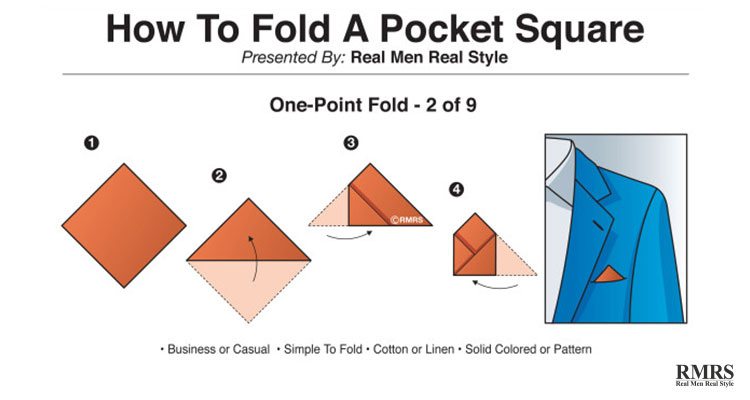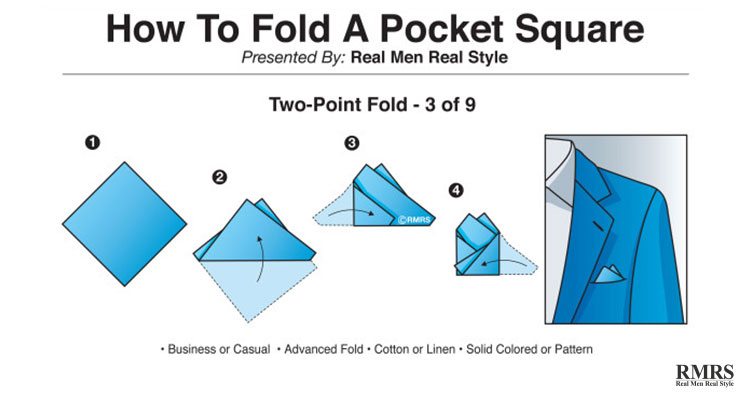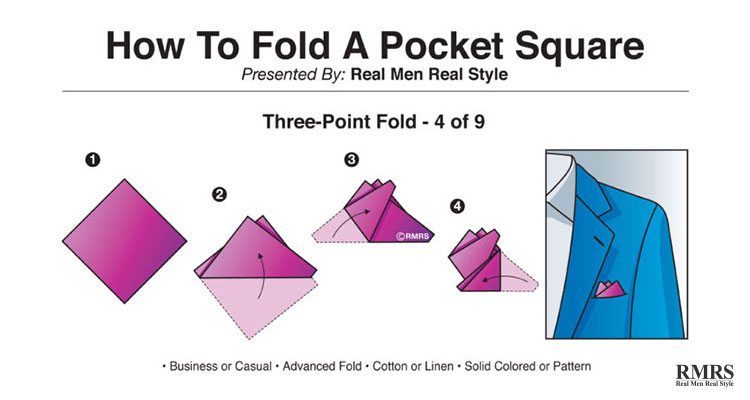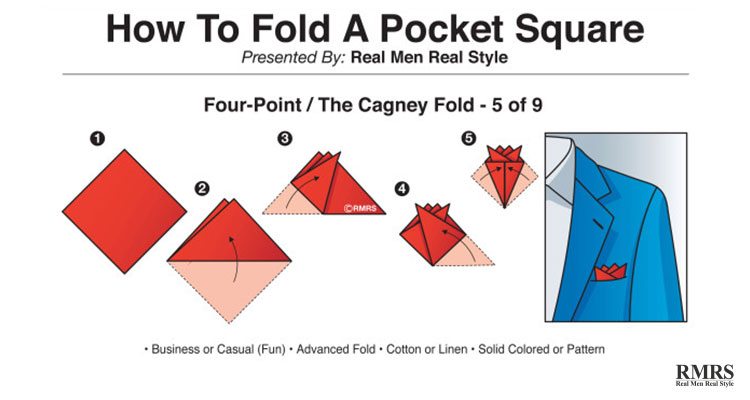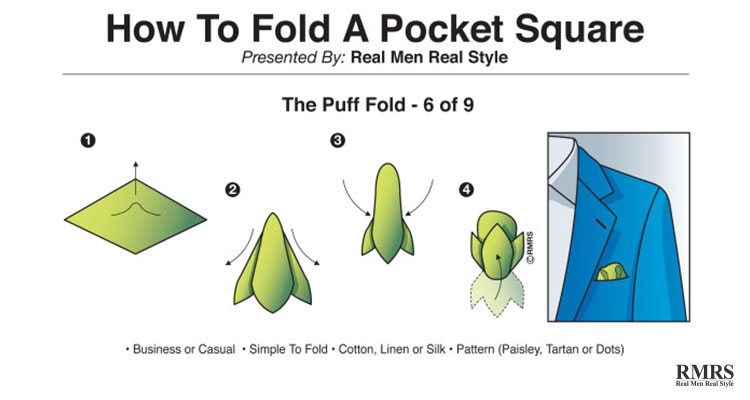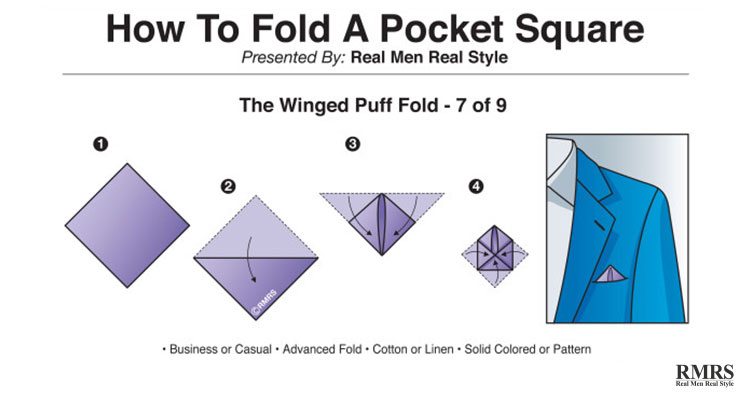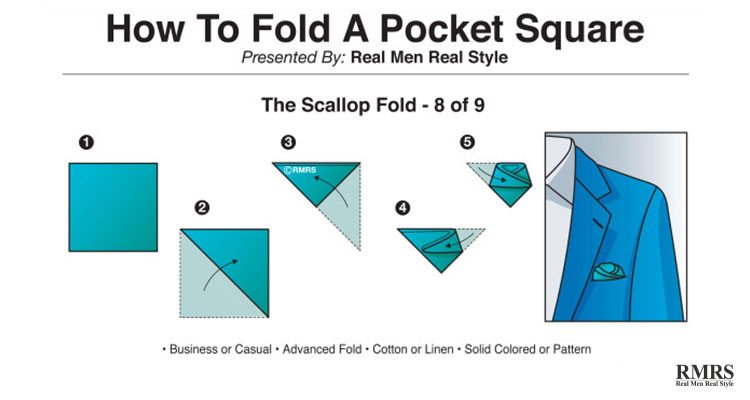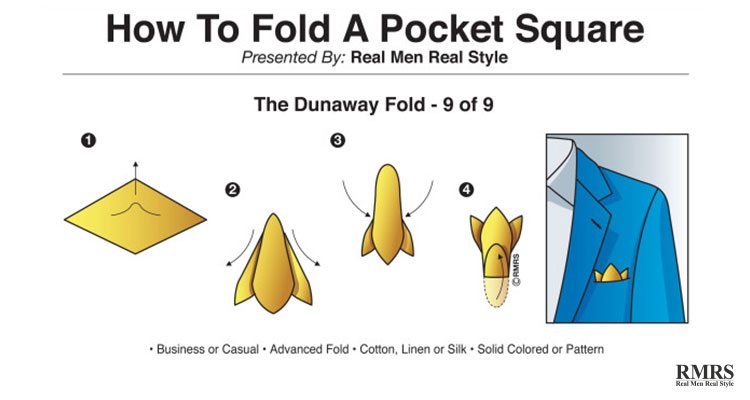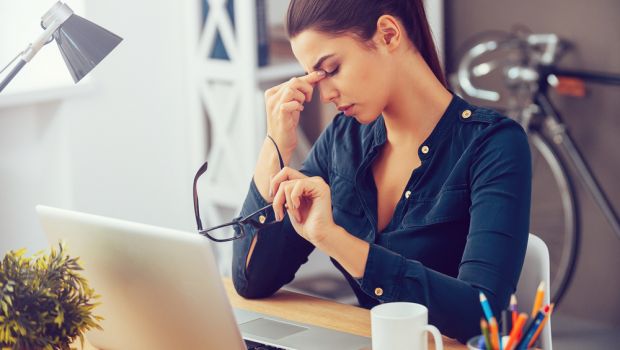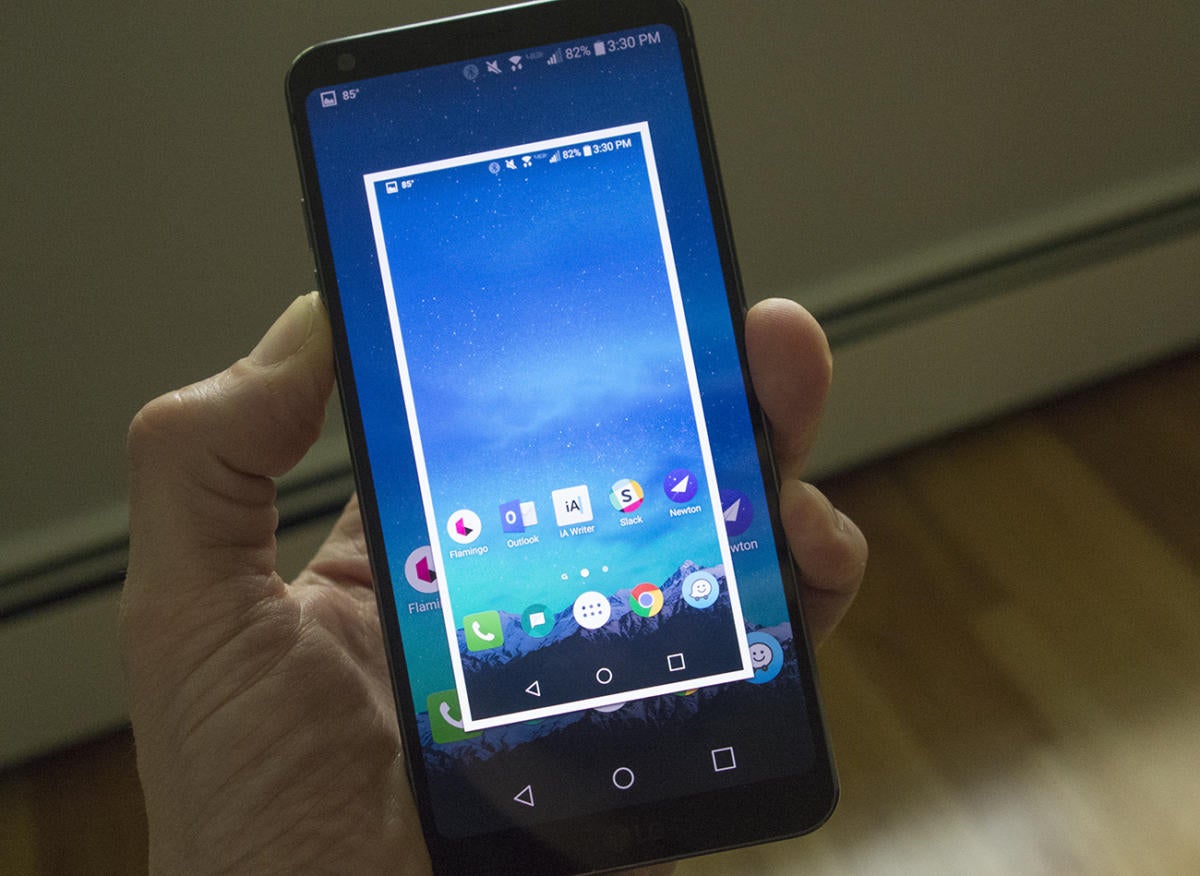I’ve been cheating. On Brussels sprouts. After more than a decade of cooking this stellar (if mis-maligned) vegetable in what I *thought* was the one and only way to make it taste delicious, I’ve become hooked on an entirely new (and faster) preparation method:
Sautéed Brussels Sprouts.

Charred and crispy on the outside, lightly caramelized and meaty on the inside, and ready to serve faster than you can say “hustle!” these sautéed Brussels sprouts have become my new go-to quick and easy side dish.
When cooked properly, Brussels sprouts taste fantastic, even addictive. While Brussels sprouts can be bitter raw, cooking them at a high temperature ensures they have a rich, caramelized flavor, and a tender, satisfying (but not mushy!) texture.
A well-cooked Brussels sprout will speedily displace whatever childhood trauma sad, mushy boiled Brussels sprouts inflicted upon you in the past.
Up until this point, classic
Roasted Brussels Sprouts (and their elevated spinoff
Roasted Brussels Sprouts with Garlic) have been the side dish stalwarts of our dinner routine. I mix up a pan and pop them into the oven several night a week.
Then, a few weeks ago when I’d planned to roast Brussels sprouts, I realized that due to poor planning, the oven was occupied with other endeavors. I’d have to find an alternative way to cook our Brussels sprouts. I turned to my trusty cast iron skillet and made sautéed Brussels sprouts on the stovetop instead.
DYAMITE!
The texture and flavor of these sautéed Brussels sprouts is outstanding. So outstanding in fact, they have (for the moment at least) replaced roasted Brussels sprouts as my preferred cooking method.
All you need to make sautéed Brussels sprouts is a heavy-bottomed pan, some olive oil, salt, and 10 minutes over medium-high heat.
I’m going to encourage you to add a splash of acid and maybe a handful of nuts or cheese if you feel so motivated, but if you like, you can just throw the halved Brussels sprouts in the pan and call it a day.
If you’ve been searching for a way to get more vegetables into your diet that a) doesn’t take too much work and b) you’ll actually enjoy eating, this easy sautéed Brussels sprouts recipe is the place to start.
Looking for even more ways to cook delicious, healthy Brussels sprouts (in addition to roasted and sautéed?) Try them shredded in this
Shaved Brussels Sprouts Salad. Shaving the spouts thinly and topping them with plenty of lemony dressing also helps to remove their bitterness.

How to Make the Best Sautéed Brussels Sprouts
You’ll also see sautéed Brussels sprouts called pan fried Brussels sprouts, pan roasted Brussels sprouts, or pan sautéed Brussels sprouts. All of these terms refer to the same method of cooking the Brussels sprouts with oil in a large skillet over high heat. The ingredients are basic, the recipe prep is straightforward, and the results are exceptional.
The Ingredients
- Brussels Sprouts. These delicious little green veggies are packed with Omega-3 fatty acids, fiber, and Vitamin C. Once sautéed, the sprouts will have a crisp, caramelized outside and tender but firm inside.
- Olive Oil. Be generous to ensure the sprouts caramelize in the pan.
- Kosher Salt. Kosher salt is critical to making your Brussels sprouts tasty. I always recommend kosher salt because it has a more pure, soft taste than table salt (which tastes metallic due to the treatment process that keeps the salt free-flowing). Season the sprouts as you go along, then at the very end to taste.
- Black Pepper. As much or as little as you like.
- Acid. Brussels sprouts crave acid; a splash will balance and perk up their flavor. In this recipe, I use balsamic vinegar, though you can also try lemon juice, pickled onions, or an entirely different vinegar.
No acid on hand? Just leave it out and vow to try Brussels sprouts with balsamic vinegar a different day. Your sautéed sprouts will still be tasty, I pinky promise.
The Directions
- Heat the oil in a large, heavy bottom skillet (a cast iron pan is a good choice), then add your Brussels sprouts. Cook undisturbed until caramelized.
- Add spices and stir. Continue to cook and stir until the Brussels sprouts are deep dark golden brown.
- Remove from the heat, and stir in the vinegar. Finish the sprouts off any way you like: a handful of Parmesan cheese, nuts, or herbs, or simply enjoy them just as the are. Serve hot and DIG IN!
How to Trim Brussels Sprouts
- Before trimming, I recommend washing your Brussels sprouts to remove any dirt.
- To Trim: Use a knife to cut off the tough stem end of each Brussels sprout. Then, remove any yellow or damaged leaves, and cut each Brussels sprout in half lengthwise, from tip to trimmed end.
The Difference in Taste and Texture Between Sautéed Brussels Sprouts and Roasted Brussels Sprouts
While both oven roasted and pan sautéed Brussels sprouts have similar qualities—both taste addictively crispy and caramelized on the outside and distinctly savory—I have observed some differences between the two.
- Oven roasted Brussels sprouts tend to be softer all the way through the interior.
- Pan roasted Brussels sprouts stay firmer. They’re still delightful to eat, but they don’t totally melt in your mouth the way baked sprouts do.
- So which is better? Honestly, I’m torn! I enjoy them both for different reasons and appreciate the variety. Try them both and see what you think.

Recipe Variations
- Sautéed Brussels Sprouts with Bacon. Dice 4 slices of bacon, and cook them in your skillet. Once crispy, remove to a plate. Then, cook your sprouts in the bacon drippings. Top your finished sprouts with the crispy bacon pieces. YUM!
- Sautéed Brussels Sprouts with Herbs. Add a tablespoon of fresh herbs to your sprouts at the end. I used parsley, but cilantro and mint would be delicious too.
- Pan Fried Brussels Sprouts with Parmesan. Toss a handful of Parmesan over the sprouts at the end. Feta and goat cheese are other, super tasty options.
- Sautéed Brussels Sprouts with Onions. Add 1/2 cup of thinly sliced onions to the pan with your Brussels sprouts. They’ll crisp and caramelize in a most excellent way.
- Pan Sautéed Brussels Sprouts with Toasted Nuts. Stir a handful of chopped, raw nuts into the pan with the Brussels sprouts at the very end. Continue stirring, allowing the residual heat from the pan to toast the nuts. For today’s recipe, I used pine nuts. Walnuts and pecans are two of our other favorites.
What to Serve with Sautéed Brussels Sprouts
More Easy Vegetable Sides
How to Store, Reheat, and Freeze Sautéed Brussels Sprouts
- To Store. Place cooked Brussels sprouts in an airtight storage container in the refrigerator for up to 4 days.
- To Reheat. Gently rewarm leftovers in a large skillet on the stove over medium-low heat until warmed through, adding in a splash of balsamic vinegar to perk them back up. You can also microwave the Brussels sprouts on a microwave-safe plate until warm. Add fresh toppings as desired. My other favorite method is the oven: warm at 350 F until heated through (about 5 or so minutes).
- To Freeze. Brussels sprouts can become soggy, so I don’t recommend freezing them. However, you certainly can freeze them if you don’t mind the less-than-optimal texture. Place cooked and cooled Brussels sprouts in an airtight freezer-safe container and store in the freezer for up to 2 months. Let thaw overnight in the refrigerator before reheating.
Recommended Tools to Make Sautéed Brussels Sprouts

We’ve been gobbling up this pan sautéed Brussels sprouts recipe. Pan frying is a fresh, healthy way to cook Brussels sprouts. Try it on a weeknight, and it’s an easy recipe for dinner parties too.
Do you cook Brussels sprouts at home? I’d love to hear from you in the comments section below!
Sautéed Brussels Sprouts
Pan sautéed Brussels sprouts are a quick, easy way to make delicious Brussels sprouts you'll want to eat every night! Crispy, caramelized, and addictive!
Servings: 4 servings
- 1 pound Brussels sprouts - trimmed and halved
- 2 tablespoons extra virgin olive oil
- ½ teaspoon kosher salt
- ¼ teaspoon black pepper
- 1 tablespoon balsamic vinegar or lemon juice
- 1 to 2 tablespoons raw pine nuts - or chopped raw walnuts, almonds, or pecans (optional)
- Chopped fresh herbs like parsley - cilantro or mint (optional)
- A handful of Parmesan - feta, or goat cheese (optional)
-
Heat a large cast iron or similar sturdy bottomed skillet over medium high for 4 minutes. Add the oil. As soon as the oil is hot and shining (but before it starts smoking), swirl to cost the pan, then add the halved Brussels sprouts. Shake the skillet a little and prod them so that as many as possible are cut-side down. Let sit completely undisturbed for 5 to 8 minutes, until they develop a dark, tasty, caramelized sear.
-
Add the salt and pepper. With a wooden spoon or spatula, stir the Brussels sprouts. Continue cooking, stirring every few minutes, until the Brussels sprouts are browned all over and just turning tender the inside, about 6 to 8 additional minutes.
-
Remove the pan from the heat. Stir in the vinegar, then the pine nuts or almonds. Let the residual heat of the skillet toast the nuts, stirring them very often so that they toast evenly on all sides and do not burn (if they aren’t toasting, return the skillet to low heat). As soon as the nuts are toasted, transfer the sprouts to a serving plate and sprinkle with fresh herbs. Enjoy hot.
- TO STORE: Place cooked Brussels sprouts in an airtight storage container in the refrigerator for up to 4 days.
- TO REHEAT: Gently rewarm leftovers in a large skillet over medium-low heat until warmed through. You can also microwave the Brussels sprouts on a microwave-safe plate until warm. Add fresh toppings as desired.
- TO FREEZE: Brussels sprouts can become soggy, so I don’t recommend freezing them. However, you certainly can freeze them. Place cooked and cooled Brussels sprouts in an airtight freezer-safe container and store in the freezer for up to 12 months. Let thaw overnight in the refrigerator before reheating.



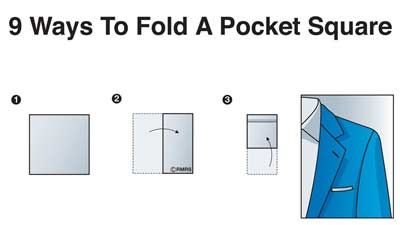 Step-by-step instructions for every pocket square fold you could ever want!
Step-by-step instructions for every pocket square fold you could ever want!
